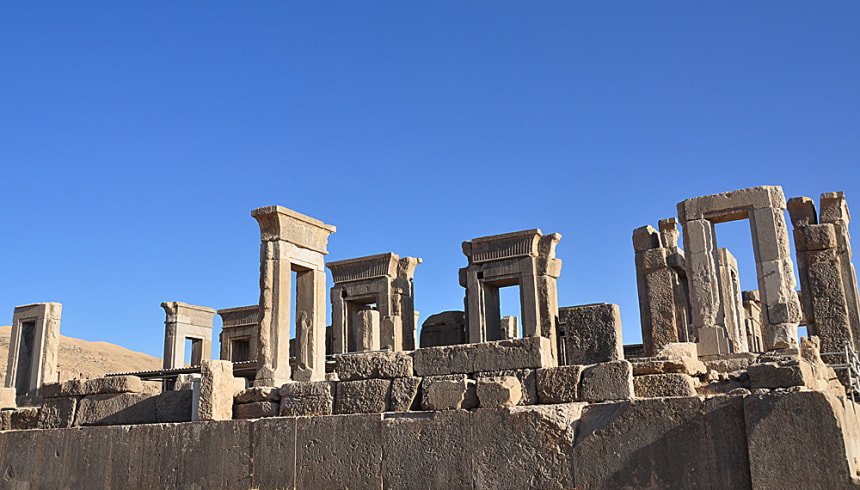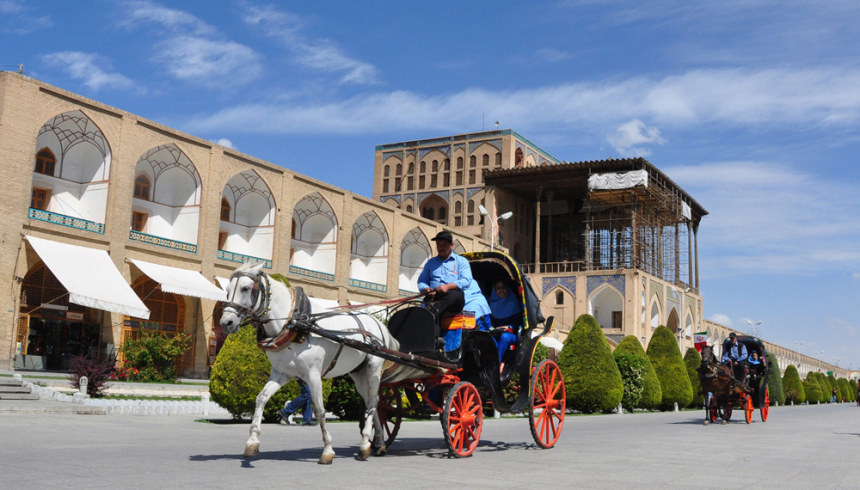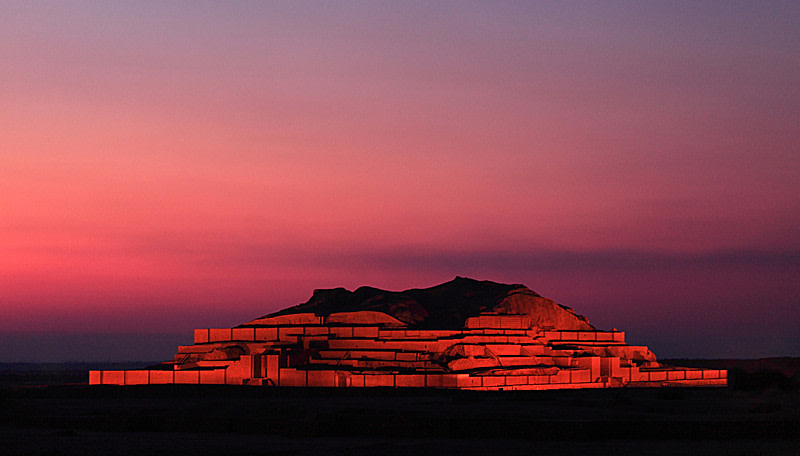
In 1979, Iran nominated 3 cultural properties from Esfahan, Shiraz and Khuzestan, which became the first members of UNESCO heritage convection. Later on, after 24 years of inactivity in UNESCO meetings, Iran returned by introducing one or two properties every year and achieved in presenting the importance and expressing the value of some places and one natural property till 2018. They are totally 23 places which we are going to introduce them briefly and in parts.
1. Persepolis, Shiraz (1979)
Persepolis (Parse or The city of Pars) was the capital of the Achaemenid Empire. It was an impressive palace with astonishing palatial buildings and great quality of monuments and reliefs, founded by Darius the Great in 518 B.C. He built this majestic palace while he was ruling over 23 tribes (named Satrapis by archaeologists), the largest empire of the world by population, spanned from the Indus valley in the east onto the north-eastern border of Greece. This palace has been built basically for celebrating Persian traditions and festivals, mainly "Nowruz". Later on, his son and grandson developed and expanded the complex by adding few palaces. Evidence shows that they were building new palaces when Alexander invaded Persepolis and burned the palaces to the ground and put end to the glory of Persepolis.
2. Meidan-e Emam, Esfahan (1979)
Median-e Emam square also known as Naqsh-e Jahan (“Image of the world") and formerly Meidan-e Shah, was built by the Safavid Abbas I in the early 17th century. It is an exceptional urban realisation, 560 meters long by 160 meters wide, bordered by two-storey arcades and anchored on each side by four remarkable buildings. Royal Mosque (Masjed-e Shah), to the south, is the most celebrated example of colourful architecture according to its magnificent tilework. The harmonious plan of the mosque angled to face Mecca. To the west, Ali Qapu pavilion was the great gate to the royal gardens and palatial zone which extend behind also used by the king to watch the festivals and polo games or greeting guests in the fabulously decorated chamber.
In the east, the private mosque of the royal court, named Sheikh Lotfollah is today considered one of the masterpieces of Safavid architecture, although the praying chamber is relatively small. The Qeysarie portico on the north side leads to the long Bazaar of Esfahan, not only many different corridors but also the pathway to many Caravanserais, Hammams and Madrases.
3. Tchogha Zanbil, Shush (1979)
The ziggurat of Tchogha Zanbil and its surrounding huge walls were founded in 1250 B.C. as the holy city for the Elamite kingdom. Thousands of bricks left in the site show that it was never complicated, nonetheless, it is the largest ziggurat outside of Mesopotamia and best preserved of this type of stepped pyramidal monument. "Sacred city" was left unfinished due to Assyrian king invasion in about 640 B.C. The ziggurat originally was built 105.2 m on each side and 53 m high, by mud baked-bricks which some have cuneiform characters in Elamite and Akkadian language. The temple was located at the top and nothing left from the main chamber so the ziggurat now stands less than half of it's estimated height, about 24.75 m. Tchogha Zanbil complex expresses the cultural values, beliefs and ritual traditions of one of the oldest indigenous peoples of Iran.




